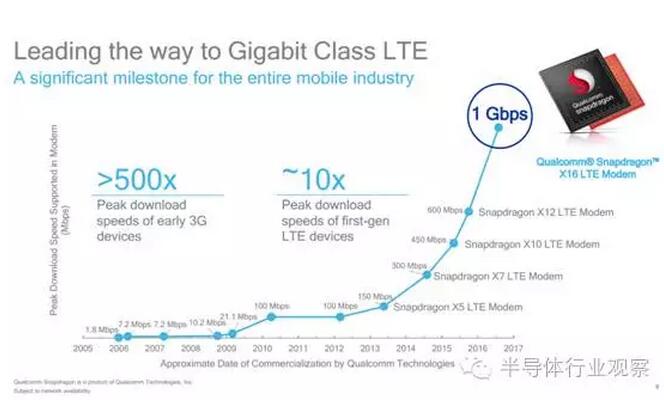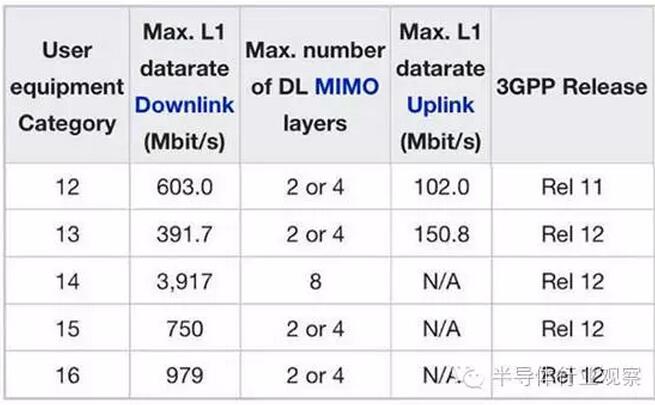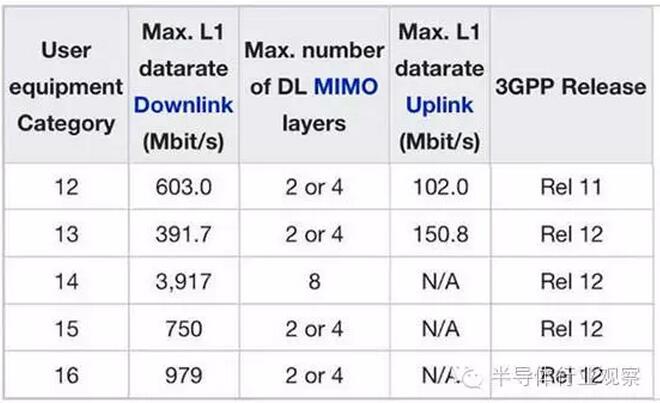The rise of the mobile Internet in the past decade, in addition to bringing lucrative profits to a number of terminal equipment manufacturers such as Apple, Qualcomm, a wireless device provider behind its back, is also well-known. Since its inception in 1985, Qualcomm, which has been deeply involved in the wireless field, has accumulated deep technology and patents, which has ushered in a major explosion in the evolution of mobile networks from GSM to 4G. It can be said that wireless technology has developed into this form today, and Qualcomm has contributed.
By 2106, due to the rise of new applications such as driverlessness and the Internet of Things, the demand for wireless networks in the society has increased by one level. The wireless forerunner Qualcomm is also full of horsepower, starting from the next goal.
X16: The first commercial Gigabit LTE modem
Let me talk about an overview.
The X16 LTE modem is Qualcomm's sixth-generation discrete LTE multimode chipset featuring the state-of-the-art 14nm FinFET process and its RF transceiver WTR 5975.

As the first commercial Gigabit LTE chip, the X16 delivers up to 1Gbps LTE Category 16 download speed by supporting up to 4&TImes across the FDD and TDD spectrum; 20MHz downlink carrier aggregation (CA) and 256-QAM At the same time, it also supports up to 150Mbps uplink speed by supporting up to 2&TImes; 20MHz uplink and 64-QAM.
Qualcomm said that the X16 can provide the highest download speed, allowing users to have a "fiber-like" experience. Compared with Qualcomm's first-generation LTE devices, the X16 has a 10x improvement in speed.
It can be said that before Qualcomm, no friends can reach this height.
From the above figure, we can see that compared with the previous generation baseband X12, the speed of X16 is almost doubled. How is this achieved? What improvements did Qualcomm make in it? We may wish to make a detailed comparison with the parameters of X12 and X16, and explore the mystery of promotion.
Compared with X12, X16 has mainly improved the following aspects:

First, the downlink LTE Cat support is upgraded from CAT12 to CAT 16. From the 3GPP standard, we can see that with the evolution of LTE Cat, the uplink and downlink speeds have changed significantly.

3GPP definition of LTE Cat (source: Wikipedia)
In this way, the X16 is pre-arranged in the next important phase of 4G, LTE Advanced Pro, to meet the wide range of connectivity needs of future cars, drones and VR devices.
Second, carrier aggregation has increased from the previous generation's 3X20MHz to the current 4X20MHz.

From the previous introduction of Qualcomm, we know that carrier aggregation can aggregate multiple carriers into one wider spectrum, and can also aggregate some discontinuous spectrum fragments together, which can well meet the spectrum compatibility of LTE and LTE-Advanced systems. Sexual requirements not only accelerate the standardization process, but also maximize the use of existing LTE equipment and spectrum resources.
In other words, carrier aggregation is to "stick" the scattered spectrum together, providing a faster rate. The most intuitive benefit is a significant increase in transmission speed and latency, as well as improved network quality, increased throughput, and more balanced network load.
Rack-mounted Energy Storage Lithium Battery
Enershare's commitment to future-ready energy solutions for smart home innovations, Enershare`s Energy Storage Systems create a flexible energy maintenance system for homeowners who want to take more control of their home energy use, it is intended to be used for home battery energy storage and stores electricity for solar self-consumption, load shifting, backup power, and off-the-grid use. you can use it anytime you want-at night or during an outage.
Lithium Battery Storage,Lithium Energy Storage,Off Grid Solar Power,Lithium Energy Storage System
Shenzhen Enershare Technology Co.,Ltd , https://www.enersharepower.com